In a world where ethical dilemmas abound, individuals often grapple with complex decisions requiring a nuanced understanding of right and wrong. The ethical decision-making process serves as a compass, guiding us through the intricate terrain of moral choices. Let’s delve into a comprehensive guide that demystifies this process, offering practical steps and ethical lenses to navigate the ethical landscape.
Understanding Ethics:
Ethics, at its core, encompasses standards and practices that dictate how individuals should act across various roles – as friends, parents, citizens, professionals, and more. It’s not solely rooted in feelings, religion, law, or cultural norms. Instead, it requires a deliberate examination of our character and the impact of our actions on others.
Step 1: Identify the Ethical Issues
Begin by scrutinizing the decision or situation at hand. Could it harm someone or a group? Is it a choice between good and bad or perhaps between two goods or two bads? Consider the potential uneven distribution of benefits or harms.
Consider a scenario where a manager faces a decision to lay off employees due to economic downturn. The ethical issue is whether this decision could damage the employees or if there’s a more equitable alternative.
Step 2: Get the Facts
Gather relevant information about the case. Who will be impacted, and what are your obligations? Evaluate the available options and consequences, recognizing that ethical decisions extend beyond legality and efficiency.
Step 3: Evaluate Alternative Actions
Examine your options through six ethical lenses:
- Rights Lens: Consider the moral rights of those affected, respecting their dignity and autonomy.
- Justice Lens: Assess fairness and equal treatment, exploring various types of justice.
- Utilitarian Lens: Focus on consequences, aiming for the greatest balance of good over harm for all stakeholders.
- Common Good Lens: Weigh the impact on the community as a whole, emphasizing mutual concern for shared interests.
- Virtue Lens: Align actions with virtues that foster the full development of humanity.
- Care Ethics Lens: Prioritize relationships, empathy, and interdependence in decision-making.
Step 4: Choose an Option for Action and Test It
After evaluating options, select the one that best addresses the situation. Consider how the decision aligns with the insights gained from each lens. Imagine sharing your choice with someone you respect or a broader audience. Implement the decision with meticulous attention to stakeholder concerns.
Step 5: Implement Your Decision and Reflect on the Outcome
Execute the decision and assess its outcomes. Reflect on the experience and extract valuable lessons. Consider whether the decision adhered to ethical principles and, if necessary, take follow-up actions.
The Triple Filter Test:
Add an extra layer to your ethical decision-making with Socrates’ Triple Filter Test:
- Is it True? Ensure that your decision is based on accurate and truthful information.
- Is it Good? Assess the inherent goodness of the decision, considering its impact on individuals and the community.
- Is it Useful? Evaluate the practicality and usefulness of the decision in addressing the ethical issue.
We can observe an instance where ethics could have saved the day in the recent ousting of Sam Altman from OpenAI. This situation sheds light on the ethical complexities embedded in corporate structures. OpenAI’s unique waterfall-like hierarchy, with a nonprofit at the apex and a capped-profit subsidiary at the base, left Altman vulnerable. This unconventional setup aimed to prioritize the nonprofit’s mission of developing safe artificial general intelligence over profit generation.
However, the absence of equity for Altman, the public face of OpenAI, meant he lacked essential protections. A more traditional dual-class share structure, commonly adopted by visionary founders, could have safeguarded Altman’s position, offering him greater control and insulation against a sudden boardroom coup.
In ethical terms, the corporate structure’s vulnerability to abrupt leadership changes raises questions about fairness, transparency, and the duty of the board to its key stakeholders.
An ethical lens, such as the Justice Lens, would highlight the potential unfairness in the distribution of power within the company. Additionally, the Virtue Lens might question whether the company acted consistently with virtues like fairness and loyalty. OpenAI’s board, lacking the experience and diversity expected in a company of its magnitude, could have benefited from a more thorough ethical examination of its decision-making processes.
The situation underscores the importance of ethical considerations in shaping corporate governance. A more robust ethical decision-making framework, including a thorough examination of the company’s governance structure, could have contributed to a more just and transparent outcome.
As OpenAI navigates the aftermath of this leadership change, the episode serves as a reminder that ethical foresight and adherence to established principles can mitigate the risk of governance fiascos and maintain the trust of investors, employees, and the wider community.
In ethical decision-making, these steps and lenses provide a clear roadmap. Regular practice enhances our ability to navigate ethical complexities, fostering a society where individuals, organizations, and governments act ethically, contributing to the common good. Ethics is not a mere concept; it’s a guide that empowers us to be our better selves, creating a more ethical world one decision at a time.








